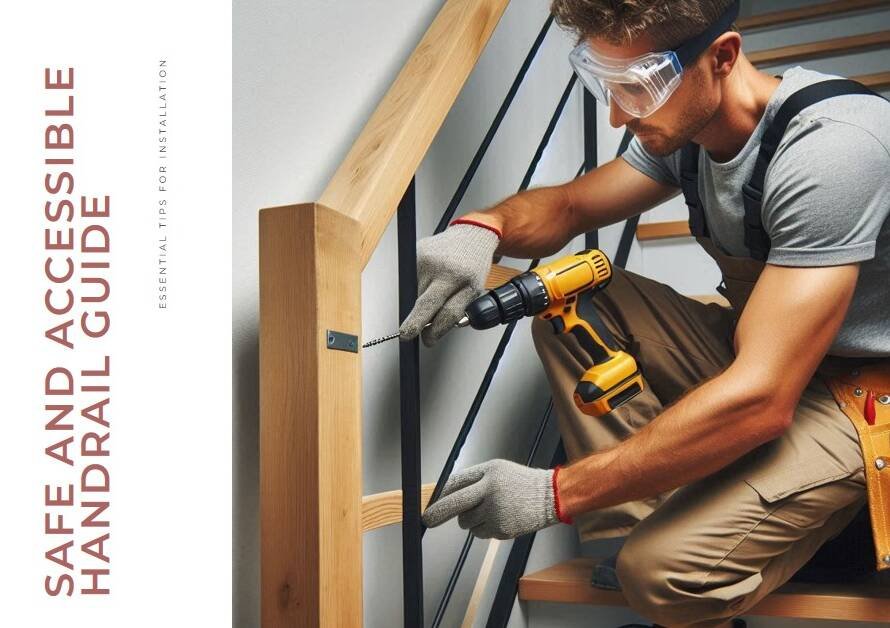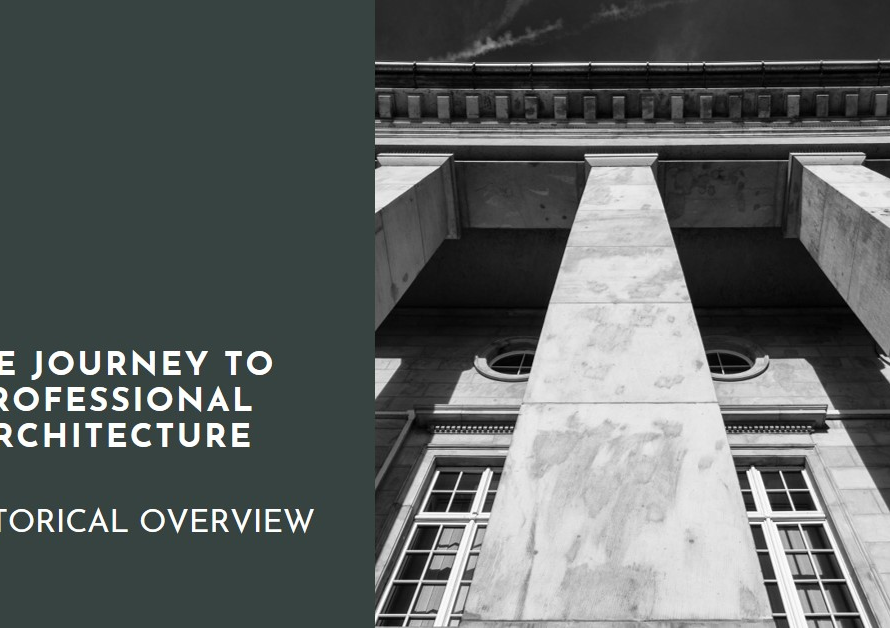
Table of Contents
1. Defining Your Project Vision (3D Artist)
The journey to finding and hiring the best 3D artist begins with a clear understanding of your project vision. Define the scope of your project, desired outcomes, target audience, and the specific aspects you want to visualize. Whether it’s architectural designs, product concepts, or character modeling, clarity on your project vision will guide your search for the perfect 3D artist to bring your ideas to life.
2. Researching Talent and Portfolios
Start your quest by researching talented 3D artists and studios known for their exceptional work. Explore online platforms such as ArtStation, Behance, and LinkedIn to discover artists with diverse portfolios. Look for samples that resonate with your project’s style, complexity, and level of detail. Pay attention to the artist’s rendering quality, attention to detail, creativity, and ability to convey emotion or storytelling through visuals.
3. Evaluating Technical Skills and Software Proficiency
Technical prowess is a cornerstone of great 3D artistry. Assess the artist’s proficiency in industry-standard software such as Autodesk Maya, 3ds Max, Blender, Cinema 4D, ZBrush, or related tools relevant to your project. Inquire about their experience with modeling, texturing, lighting, rendering, animation, and post-production techniques. A skilled 3D artist can seamlessly navigate these technical aspects to create stunning visualizations.
4. Reviewing Client Testimonials and Feedback
Client testimonials and feedback offer valuable insights into an artist’s professionalism, reliability, communication skills, and ability to meet deadlines. Request references or ask for case studies showcasing successful projects they’ve completed. Positive feedback from past clients indicates a track record of delivering quality work and collaborative excellence, essential qualities for a successful partnership.
5. Assessing Creativity and Artistic Style
Beyond technical skills, assess the artist’s creativity, artistic style, and ability to bring unique perspectives to your projects. Look for versatility in their portfolio, showcasing diverse styles, themes, and genres. A great 3D artist can adapt their style to suit different project requirements while infusing creativity and innovation into every visual element.
6. Conducting Interviews and Collaboration Tests
Schedule interviews or meetings with shortlisted candidates to discuss project specifics, workflows, communication preferences, and collaboration expectations. Consider assigning a small test project or task to assess the artist’s problem-solving skills, attention to detail, responsiveness, and ability to interpret and execute your creative vision. A collaborative test helps gauge compatibility and workflow efficiency.
7. Clarifying Project Scope, Budget, and Timeline
Transparent communication about project scope, budget constraints, timelines, deliverables, revisions, and intellectual property rights is crucial for a successful collaboration. Clearly define expectations, payment terms (hourly rates, project-based fees), milestones, feedback processes, and project handover procedures. Clarity on these aspects minimizes misunderstandings and ensures alignment from the outset.
8. Nurturing Long-Term Partnerships
Building a successful collaboration extends beyond a single project. Cultivate long-term partnerships with talented 3D artists who understand your brand ethos, project requirements, and industry nuances. Regularly communicate feedback, appreciate their contributions, and prioritize clear communication channels for ongoing projects or future collaborations.
9. Signing Contracts and Commencing Work
Formalize the collaboration by signing contracts or agreements detailing project specifics, responsibilities, timelines, payment schedules, revision policies, and confidentiality clauses. Ensure legal compliance and mutual understanding of project expectations, milestones, and deliverables before commencing work. Clear documentation protects both parties and sets the stage for a productive partnership.
10. Providing Feedback and Celebrating Success


Effective communication doesn’t end with project delivery. Provide constructive feedback on deliverables, appreciate the artist’s efforts, and celebrate project milestones and successes. Positive reinforcement fosters motivation, creativity, and a positive working relationship for future endeavors.
Finding and hiring the best 3D artist involves a strategic blend of technical assessment, creative alignment, clear communication, collaboration testing, and contractual clarity. By following these steps and leveraging talent that aligns with your project vision and values, you’ll unlock visionary potential and create impactful visual experiences that resonate with your audience.


